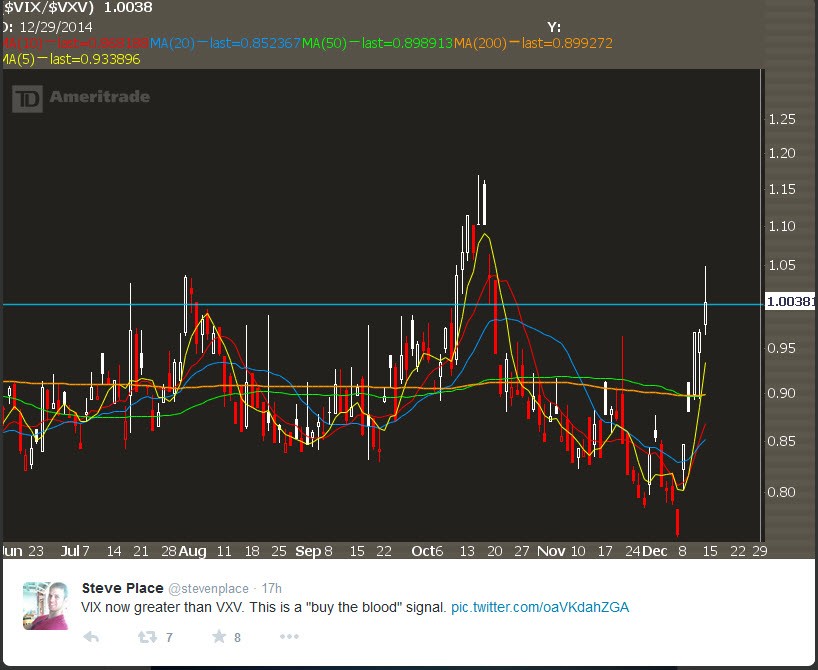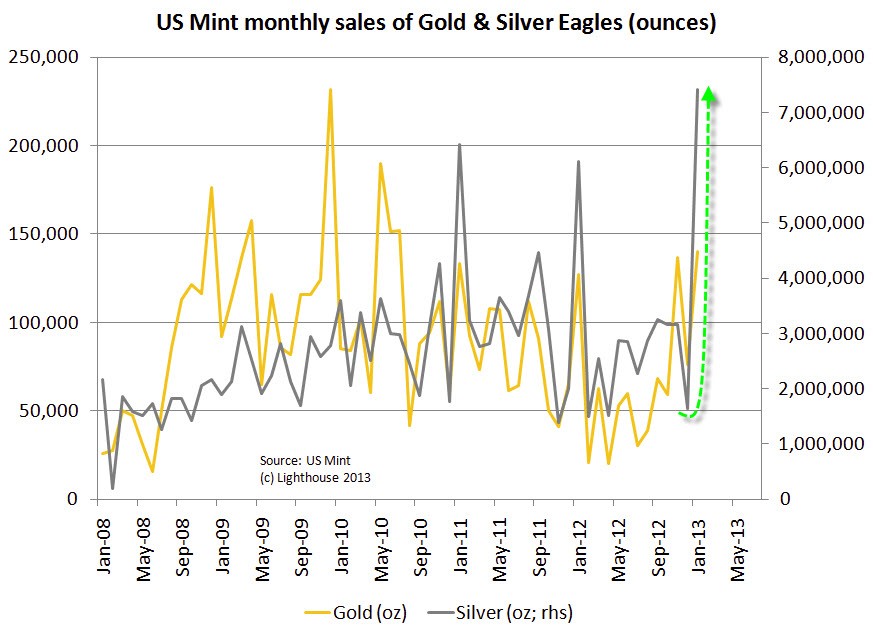Silver Spikes in Perspective
Post on: 24 Июнь, 2015 No Comment

Do you remember the 1983 Hollywood comedy, Trading Places, where two billionaire brothers attempt to illegally manipulate the price of orange juice in the futures market? Although the movie was a work of fiction, the characters were based on a pair of real-life brothers—Bunker and Herbert Hunt—who in the 70s tried to make a killing on silver only to have their heads handed to them on a silver platter. It’s a bizarre drama where even Libya’s Moammar Qaddafi got a cameo role.
We have seen spectacular upswings of silver, but to put it into perspective, let’s look at the even more spectacular 400 per cent rise in five months that took place during the Hunt brothers episode when silver breached the $50 mark.
Here’s a bit of background to refresh your memory.
Beginning in the early 1970s, the Hunt brothers, Texas oil billionaires and possibly the richest family in America at the time, began accumulating large amounts of silver. In 1973 Qaddafi nationalized the Hunts’ oil fields in Libya and demanded a 51% royalty. The Hunts were angry at the State Department for not doing more to defend their property. As a hedge against inflation and the failure of U.S. policy, they increased their silver purchases. When the Hunt’s had begun accumulating silver back in 1973 the price was in the $1.95 per ounce range. Early in ’79, the price was about $5. In late ’79-early ’80 the price was in the $50’s, peaking at $54.
Keep in mind that it was illegal for private citizens to hold gold at that time. President Franklin Delano Roosevelt had signed Executive Order 6102, “The Gold Confiscation Act,” in 1933 and for the next forty-one years it was illegal for U.S. citizens to “hoard” gold. Since gold, the traditional store of wealth, was not a viable option, the Hunts decided to hold their wealth in silver and began to buy it in enormous quantities.
Beginning in 1973 and continuing into 1974, they slowly began purchasing silver futures contracts totaling 55 million ounces and then took physical delivery of all the contracts. Since they were concerned with inflation and the potential confiscation of precious metals following Nixon’s closing of the gold window, (the same worries that keep some people up at night even today) they arranged for transfer of the bullion to Switzerland.
By the spring of 1974, the markets started to get jittery about the amount of silver out in private hands. Annual demand at the time was about 450 million ounces but production was only 245 million ounces. Of the estimated 700 million ounces above ground, only 200 million was deliverable against futures contracts. Silver had risen to above $6 per ounce during this time and then settled back to the $3 to $4 range for several years.
By 1979 the Hunts had nearly cornered the global market. This was a time of uncertainty. A weak President was facing a difficult situation in Iran where Americans were being held hostage and the Russians were waging a war in Afghanistan. During the last nine months of 1979, the brothers profited by an estimated $2 billion to $4 billion in silver speculation, with estimated silver holdings of 100 million ounces. The brothers were estimated to hold one third of the entire world supply of silver other than that held by governments. During the Hunt brothers’ silver buying spree, prices of silver futures contracts and silver bullion rose from $11 an ounce in September 1979 to hit a high of $50 an ounce in January 1980.

In response to the Hunt’s accumulation, the exchange rules regarding leverage were changed on January 7, 1980 when the COMEX adopted Silver Rule 7 placing heavy restrictions on the purchase of commodities on margin. The Chicago Board of Trade (CBOT) and COMEX changed the rules in the middle of the game and the Hunts were bankrupted. Their game was up. The Hunt brothers had borrowed heavily to finance their purchases, and as the price began to fall again, dropping over 50% in just four days, they were unable to meet their margin call of $100 million, causing panic in the markets. The price began to slide, culminating in a 50% one-day decline on March 27, 1980 as the price plummeted from $21.62 to $10.80, a day that became known as Silver Thursday.
When it was all over the Hunts owed approximately $1.5 billion dollars. The ensuing panic was felt in the financial markets in general, as well as commodities and futures. There was fear that if the Hunts were unable to meet their debts, some large Wall Street brokerage firms and banks might collapse. A consortium of US banks provided a $1.1 billion line of credit to the brothers that allowed them to pay their margin call. The U.S. Securities and Exchange Commission (SEC) later launched an investigation into the Hunt brothers. The story did not end prettily. They filed for bankruptcy, were banned from trading in the commodity markets, had to pay fines to the IRS. In short, for them there was no silver lining.
Shula Kopf
Sunshine Profits’ Contributing Author














